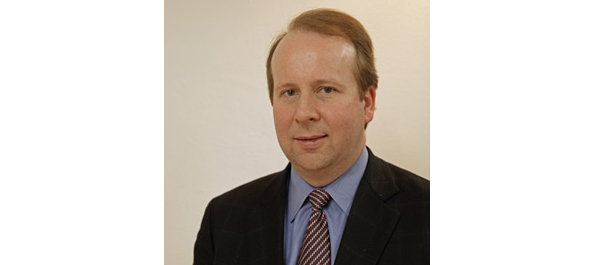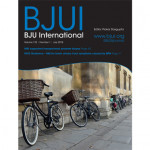BAUS 2018 Highlights Day One
 Day one at BAUS gets started with society meetings and the John Blandy Prize and Lecture delivered by Editor Prokar Dasgupta. The winner was from Pisano et al from Turin, Italy on “The role of re-transurethral resection in the management of high risk NMIBC (PMID 26469362).
Day one at BAUS gets started with society meetings and the John Blandy Prize and Lecture delivered by Editor Prokar Dasgupta. The winner was from Pisano et al from Turin, Italy on “The role of re-transurethral resection in the management of high risk NMIBC (PMID 26469362).
But I had to miss this event as I was having my first patient encounter with the NHS. I have 4 days of severe pain in my left foot after a lot of walking/running around as a tourist on a Baltic Sea cruise. I went to the nearby NHS walk in clinic—there for an hour and saw the nurse practitioner and left with new scripts for NSAIDs, pain, etc. And no bill? Not in the USA!
So now that I can walk (sort of—but only with my running shoes—looks great with a suit) I made it to the teaching course on quality improvement (QI). I am interested in the topic as I am a Quality Officer for Urology at MD Anderson Cancer Center. One of our new directives has been to help with fellows organizing a new mandatory “quality improvement” initiative as part of their training. From the course, I learned that the UK has similar programs but also similar challenges in implementation and standardization. In the UK, it sounds like medical students are being taught quality improvement in the curriculum. But if you are like me and finished school > 20 years ago, you likely missed this content. A consensus opinion was that educational materials on quality improvement science will be created and hopefully will land on the BJUI Knowledge website. This will help trainees but also trainers catch up on terminology, goals, and how to coach trainees on project development.
The next strong consensus was that quality improvement projects be listed on a website—likely BAUS—so that they could be indexed and searched. Similar to clinicaltrials.gov or the PROSPERO website that catalog clinical trials and meta-analyses, respectively, the BAUS site could be searchable for projects that were successful as well as those that failed for some reason (perhaps with lessons learned). Indexing could help with project selection as some QI ideas are unique to urology versus all specialties, and QI projects may emphasize different practice environments such as clinic, operating theatre, or diagnostic departments.
Overall, QI is an emerging field and we are struggling with the same barriers on both sides of the Atlantic. Principle questions include 1) how to differentiate a clinical study from QI, 2) the role of statistics, evidence-based medicine principles, and ethics committees in QI, 3) how QI should be taught in medical school and post graduate programs, and 4) how QI projects can be published. On the latter point the Journal of Clinical Urology has expressed interest in publishing QI projects.
The course was directed by Mr. James Green from Barts Health, and also taught by Prof. Nick Sevdalis. Congrats to both on a job well done. From my perspective, this field will continue to grow and for some young academic minded urologists will develop into a legitimate academic niche to go along with established pathways such as laboratory investigations, health services research, and surgical education.
Figure: My favorite slide—so may sources of inspiration for a Quality Improvement Projects
John W. Davis, Associate Editor.




